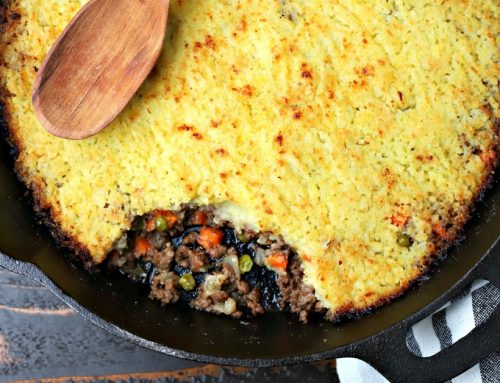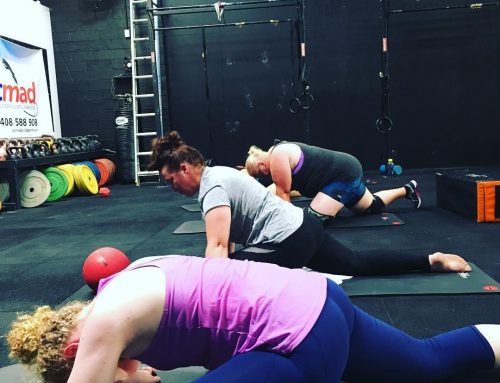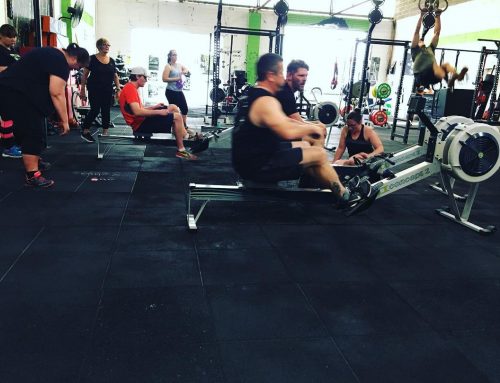Good nutrition is key to killer performance, with recovery nutrition being crucial. What should you eat/drink post-exercise? Will my additive-packed protein shake replenish the muscle-building, life-giving goodies that were lost during a work-out?
The Paleo Diet for Athletes by Cordain & Friel (2005) has some awesome info regarding post-exercise nutrition. Here’s a summary.

For those who like to know the ‘whys’, here’s a bit of science. The 30-minute block after a work-out is a critical phase to stock your body up with the right nutrition as during this time the body is primed to receive and store carbohydrate. During exercise you use up much of your carbohydrate-based energy sources and these must be replaced with high-glycemic carbohydrate foods. Research has also shown that muscle damage caused during exercise is repaired more effectively during this 30-minute window. Post-exercise it is crucial that you also replenish fluid levels and electrolytes (salts such as sodium, chloride, potassium, calcium and magnesium which are critical for muscle contraction and relaxation) that are lost during exercise.Post-exercise you also need to reduce the acidity of body fluids, as during exercise body fluids shift increasingly to an acidic state. If this acidic state persists following exercise, the risk of losing nitrogen from the muscles and calcium from the bones is increased. Plainly put, our bones and muscles aren’t too happy when the acidity in out blood stays high.
If you get your nutrition right during this 30-minute post-exercise phase you’ll recover quicker which will allow you to hit your next WOD feeling fresh, fitter and stronger. The quicker you can recover (i.e. the faster your body is replenished and brought back to balance), the sooner you will be able to train again (without getting fatigued, sick or injured), and the better you will become.
To put it in dot-point, these are the goals for the 30-minute post-exercise phase:
- Replace expended carbohydrate stores
- Rehydrate
- Provide amino acids for resynthesis of protein that may have been damaged during exercise
- Begin replacing electrolytes
- Reduce the acidity of body fluids
So how do you do all this? What food sources can be used to ensure each of these goals are met?
- To replace expended carbohydrate stores you need high glycemic load carbohydrates that will provide a steady release of carbohydrates into the blood. Fructose, the sugars in fruit and fruit juices provides a steady, slowly released level of sugar into the bloodstream. Having carbohydrates in a liquid form is better as it will absorb into the body more quickly and will begin the rehydration process. Adding glucose (which can be bought at health food stores) to your fruit juice is also good as it is the highest glycemic load carbohydrate and will help replace the body’s expended carbohydrate stores more quickly than drinking fruit juice alone which takes longer to digest.
- Rehydrate: Your recovery drink will begin the rehydration process. However if you have undergone a long or hard work-out you will need to continue rehydrating with fluids for several hours after exercise.
- The best way to provide amino acids for resynthesis of protein that may have been damaged during exercise is to use a natural, additive-free egg or whey protein powder which contain all the essential amino acids needed and which will be quickly absorbed into the body. Protein should be taken in at a carb-to-protein ratio of between 4:1 and 5:1.
- Begin replacing electrolytes: Most electrolytes are found in abundance in natural fruit and juices, with the exception of sodium. So make sure to add two or three pinches of salt to your recovery drink. Be sure to use an unrefined natural sea salt or himalayan pink crystal salt.
- Reduce the acidity of body fluids: Research has shown that fruits and vegetables are the only foods that have a net alkaline-enhancing effect. By preparing a recovery drink with fruit, you aren’t just replacing carbohydrate stores, you also spare bone and muscle.
Sooo…What does all this look like in a mug? Check out this easy recipe for a home-brew recovery drink from The Paleo Diet for Athletes. Best bit about making your own recovery drink is that you know EXACTLY what went in it. None of this additive-crap that many protein powders in the market are peppered with. Additives will only hamper your performance (and your health!), not increase it.
HOMEBREW POST-RECOVERY DRINK
To be used after high intensity workouts. For workouts where the intensity isnʼt quite as
high, make the brew without the glucose.
| Body Weight (kg) | Fruit Juice (ml) | Glucose (TBSP) | Protein Powder (TBSP) | Total Calories (Approx) |
| 50 | 335 | 2 | 1.5-2 | 390-415 |
| 55 | 335 | 3 | 2 | 445 |
| 60 | 335 | 4 | 2-2.5 | 470-495 |
| 65 | 450 | 4 | 2.5-3 | 550-575 |
| 70 | 450 | 4 | 2.5-3 | 550-574 |
| 75 | 450 | 5 | 2.5-3 | 580-605 |
| 80 | 560 | 5 | 3-3.5 | 660-685 |
| 82 | 560 | 5 | 3-3.5 | 660-685 |
| 85 | 670 | 5 | 3-3.5 | 720-740 |
| 90 | 670 | 5 | 3-3.5 | 720-740 |
| 95 | 670 | 6 | 3-4 | 750-790 |
- Pour the fruit juice into a blender. Apple, grape, grapefruit, orange and pineapple work well due to their high GI and electrolyte content. Juice should be freshly made and preferably organic.
- Add 1 cup of fruit such as mixed berries, apple or banana. Frozen mixed berries work well. Again, organic is best.
- Add the glucose (can be bought at health food stores).
- Start the blender.
- With the blender running, add the protein powder. We like Whey Protein from Bulk Nutrients.
- Sprinkle in two-three pinches of unrefined salt (such as himalayan pink crystal salt).
- Once well blended, youʼre done. If you didnʼt use frozen berries, blend in some ice as well.
Note: If you want to make this brew at the gym, feel free to use our blender!







Leave A Comment